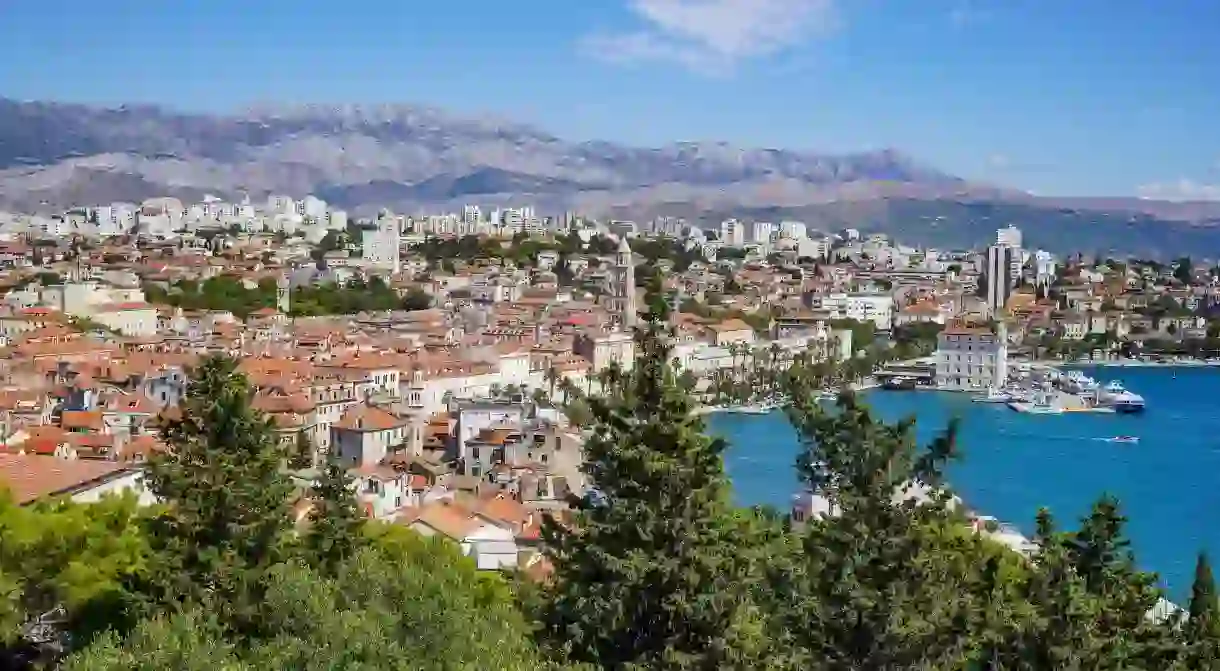Croatia’s Best Island Escapes

Off the coast of Croatia are 1,000 islands, so many that no one has yet to count them properly. Some, such as party-focused Hvar, attract high-spending visitors. Others, such as Kornati, provide a unique look at the natural world. Here are 11 of Croatia’s best island escapes.
Did you know – Culture Trip now does bookable, small-group trips? Pick from authentic, immersive Epic Trips, compact and action-packed Mini Trips and sparkling, expansive Sailing Trips.
Brač
Easily and frequently accessible from Split, Brač is a popular island of choice for Croatian families as well as foreign holidaymakers. The only Dalmatian island with its own airport, near Bol on the south shore, Brač also contains Croatia’s most iconic beach, Zlatni Rat, a triangular wedge of shifting sand blown by winds that attracts surfers. On the north coast, the main port of Supetar is also a lively destination, its harbour lined with cafés and restaurants.
Brijuni
Brijuni may not be the prettiest group of islands off the Croatian coast, but they are certainly the most unusual. And it’s not just the original dinosaur footprints, though obviously they add to the intrigue. Here, off the coast of Pula, Brijuni was where Yugoslav leader Tito entertained visiting world leaders and celebrities. They, in turn, brought him exotic animals, some of which still form part of a unique menagerie here. Now a national park, Veliki Brijuni can be toured by a little tourist train.
Hvar

Hvar is Croatia’s showcase island. A former family holiday resort in Socialist times, it has since been transformed into a playground for yacht-owning high-rollers. Football club owners and Hollywood A-listers descend on Hvar town, a surprisingly modest harbourside settlement with a large main square from the Venetian era. There’s just enough room for a handful of boutique hotels, high-end restaurants and lively cocktail bars. Within easy reach are beach bars and party hangouts.
Korčula

Often compared to Dubrovnik though Venetian in heritage, the busy island of Korčula is full of historic treasure and fine wine. Said to have been the place where Marco Polo was born – you can visit what is claimed to be the house of his birth – Korčula also contains St Mark’s Cathedral, housing two Tintorettos. Beyond main Korčula town, sandy soils produce Grk and Pošip, signature white wines best enjoyed in situ.
Lastovo
Located in no-man’s-land, beyond Korčula and Mljet, Lastovo is a world away from the busy tourist hubs of Hvar and Brač. Known mainly for its bizarre Poklad carnival, Lastovo caters to the more adventurous visitors by completely letting them be. Accessed by ferry or catamaran from Split, it offers a handful of restaurants where lobster is the speciality, any number of beaches, and reasonably basic but comfortable accommodation. The rest is up to you.
Lokrum

The enticing isle of green you’ll see forming part of the horizon as you look out to sea from Dubrovnik’s City Walls, Lokrum welcomes boatloads of day-trippers in high season but no overnight visitors. Not only are there no lodgings on the island, superstition dictates that misfortune will befall anyone who doesn’t leave before the stars come out. This leaves Lokrum to its colony of peacocks, who strut around near its botanical gardens and ruined Napoleonic fort.
Mljet
One-third national park, two-thirds the forest domain of a bizarre colony of mongooses, Mljet almost personifies the word ‘idyllic’. With little human settlement – one main hotel, a few private lodgings on the far eastern tip, a restaurant or two – Mljet is ideally explored by hikers and cyclists, and those who row around Veliko Jezero, a seawater lake centred by an abandoned monastery. There are plenty of beaches, too, not least around those private lodgings at the far end of the island, where finding a secluded cove is almost as easy as when the Ancient Greeks settled upon Mljet some 2,500 years ago.
Rab
In the Gulf of Kvarner, Rab ticks many boxes as far as holiday destinations are concerned. It has many beaches and one in particular, Lopar, is ideal for families. Its main town of Rab has plenty of lively bars and restaurants. It also showcases Roman history, exemplified by remains in and around Rab town, and it has an architectural heritage dating back to Medieval times. It also has notoriety, given the visit 80 years ago by then reigning monarch Edward VIII and his mistress Wallis Simpson, who skinny dipped before the world’s press.
Šipan
A typical boat excursion from Dubrovnik to the three main Elafiti islands nearby places Šipan as a last resort, literally, the stopover at the end of the day when everyone is tired. A shame, because Šipan by far has the best attractions in terms of Roman remains, noblemen’s villas and age-old churches, and best of the produce – with figs and melons being the staple crops here. Two or three of the restaurants in Šipanska Luka and Suđurađ are excellent, and attract many a Dubrovnik foodie to sail over by private boat.
Vis

Vis appeals to those who prefer a more rugged island adventure, with its attractions closed off to tourists until the early 1990s when it stopped operating as a military base. Vis is more rustic and rough-and-ready, its restaurants simple conversions of traditional houses and its bars down-to-earth. It boasts attractions including the famous Blue Cave of Biševo, where the sun creates a strange natural phenomenon before noon during the summer.













